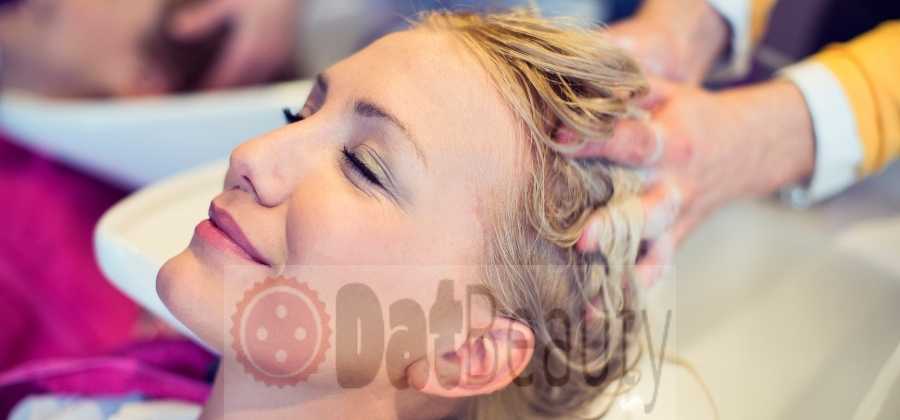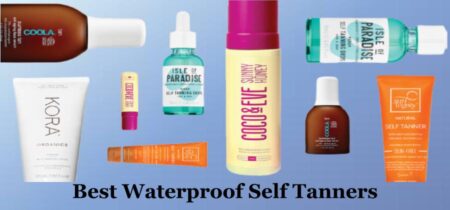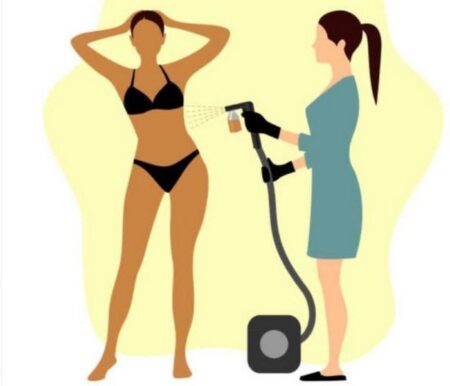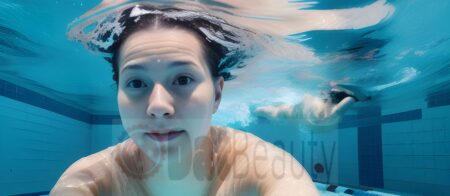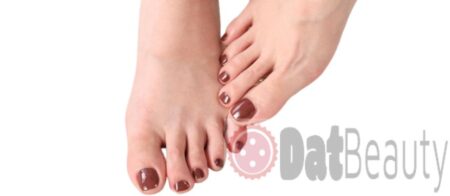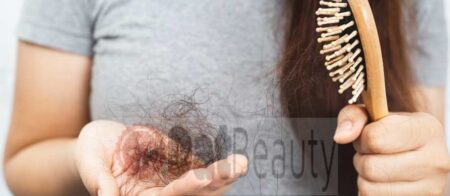Getting an expensive treatment done at a salon can be quite expensive. Compared to having your hair rebonded by someone else, rebonding your hair at home with natural bonders is cheaper, and you will be in control of the products you use on your hair! We will explore a way to rebond your hair at home with natural rebonding paste with effective results.
What is bonding?
Bonding is a chemical process used to “weave” together strands of damaged or deteriorated areas of hair so they appear to be healthy again. But it can also cause more damage than if the original problem had not been treated.
Types of Bonding
There are two types of bonding processes, called fusion and resin lamination. Fusion is used on processed hair that has broken off near the root. Resin lamination is used on unprocessed hair, such as natural African-American styles or thin Caucasian hair.
Resin Lamination
Resin lamination is a process of completely immersing the hair in a polyurethane liquid and then using a hot iron to create a bond not just on the surface, but down into the cortex of each strand. This straightens your cuticle while creating an extremely strong protective layer around it. In this way it can add years to your style! However, you must be careful with heat when doing this treatment because you are processing the bonds between each individual strand of hair rather than simply gluing two surfaces together as in fusion. The main concern from both types of bonding is that they will damage your hair if exposed to extreme heat which can happen while blow drying or styling with curling irons or flat irons.
Fusion
Fusion involves spraying an adhesive onto the surface of each broken strand, then pressing them together with a hot iron until they form a single strand again. This process does nothing for your actual cuticle because there is no heat or harsh chemicals applied directly to your scalp or roots! It’s simply rebuilding what’s already damaged on a more resistant strand.
Natural Bonding is best
The best way to bond natural hair at home is by using natural homemade recipes that will not create any hazardous fumes nor involve harsh chemicals in the process. All of the following ingredients are already found in your kitchen and can be easily purchased from any local grocery store or Walmart. You don’t need to make a special trip, you probably have everything on hand right now! This makes bonding your own hair far less expensive than going to a salon for maintenance and repair. It is also much less time consuming and potentially traumatic since you won’t have to worry about getting burned (literally!) or inhaling something toxic while trying to get through your daily chores. Here’s how:
A Home Hair Bonding Recipe!
Ingredients:
- Brown Sugar – 1/2 cup
- Honey – 2 tablespoons
- Avocado Oil – 3 teaspoons
- Castor Oil – 1 teaspoon
Directions: Mix all ingredients into a bowl until they are well incorporated. If it is too runny then add more sugar to thicken the mixture accordingly. The resulting texture should be similar to that of Elmer’s glue or something like Vaseline, but not as sticky and much thicker. It also shouldn’t be at all watery. This paste should have the consistency of pudding so keep in mind your measurements while stirring in the ingredients!
The best homemade hair bonding mix will be the one that has the most oil content. The more oil, the better it will glide and spread on each strand of hair and the stronger and healthier your cuticle and roots will be!
Castor oil is a fantastic all natural ingredient for use in this recipe because it can provide high shine as well as deep penetration into your cortex. It also helps to thicken the mixture so you have some wiggle room when deciding how much or little to add to your paste. You can always thin it down with more honey if needed so don’t worry about adding too much castor oil because you can always add more honey to cut it later.
The rest of the ingredients are what give your homemade mix that antioxidant boost and help to seal your cortex for a lasting bond! Brown sugar can provide some of this but needs oil content to be successfully used as a gluing agent with hair, so keep that in mind while adding your brown sugar. This is why we need the extra oils on top of it! Honey and avocado oil both provide antioxidants and penetrating hydration which is needed for any successful natural hair bonding recipe.
Also make sure everything is mixed together well or you will end up with several chunks or dry spots throughout often resulting in those annoying white flakes. Just be sure to blend those all completely into your paste before applying it to your hair or they will be visible to everyone staring at your head during the weeks to come.
How to apply paste!
Applying this mixture near your toilet is a bad idea since water can wash away the honey before it dries leaving white flakes in your tub/shower which nobody wants when trying to remain clean and fresh throughout the day! If you have children in your household who might accidentally let their curiosity get the better of them while you’re busy in another room bonding… well, let’s just say things could get ugly!
So, where to apply your home hair glue paste? One of the best places I’ve found is out on your bedroom floor while laying face down on a towel. Just let it drop all over and spread it around with your fingers until you have it evenly distributed throughout every strand from root to tip… do not attempt to brush or comb through this raw mixture or you’ll lose half of what you worked so hard for in the shower! Once everything is nice and wet, lay another clean dry towel over top and press gently with both hands before getting up and heading back into the bathroom. The good thing is that you can apply this paste to your any type of Remy hair.
As tempting as it might be to leave this mixture on your head for the full hour to give it time to really dry and bond, I urge you against it! Leaving this goopy hair glue paste in place for more than 20 minutes can cause scalp irritation, burning and even hair loss because oils like the ones found in honey feed bacteria which feeds off of dead skin cells lining our follicles. This leads to infection and inflammation which is obviously not good unless you’re trying to get rid of dandruff or psoriasis.
You see, putting petroleum jelly over any open sores on your scalp is also a terrible idea since it blocks out all oxygen causing infections to form inside instead. These are often white flakes people mistake for dandruff but these actually stick to scalp skin cells and hair which is why petroleum jelly is used as a moisturizer in the first place.
The Right Time to Remove Bonding Paste!
Once your hour is up and you’re back in the bathroom rinsing out this mixture with warm water, don’t forget to use your lint free towel one more time to soak up any excess water still dripping down from your roots. Once everything looks nice and dry, it’s best to wait an extra 15 minutes just to be on the safe side before applying any products or heat styling tools directly onto those freshly glued roots for obvious reasons.
Other Related Articles
Frequently Asked Questions about how to rebond your hair at home
Can I Rebond my hair at home?
You can rebond your hair at home and even can get professional results. If you don’t want to use expensive rebonding products you can try our home made recipe.
Is rebonding hair treatment safe for hair?
A professional hair rebonding treatment can damage your natural hair, so that’s why we recommend natural way with kitchen ingredients to rebond your hair at home.
How often should I rebond my hair at home?
DIY Hair rebonding results can last up to 4 months. If you are using natural rebonding paste then there is no side effect to your natural hair and you can rebond your hair once a month with homemade paste.

